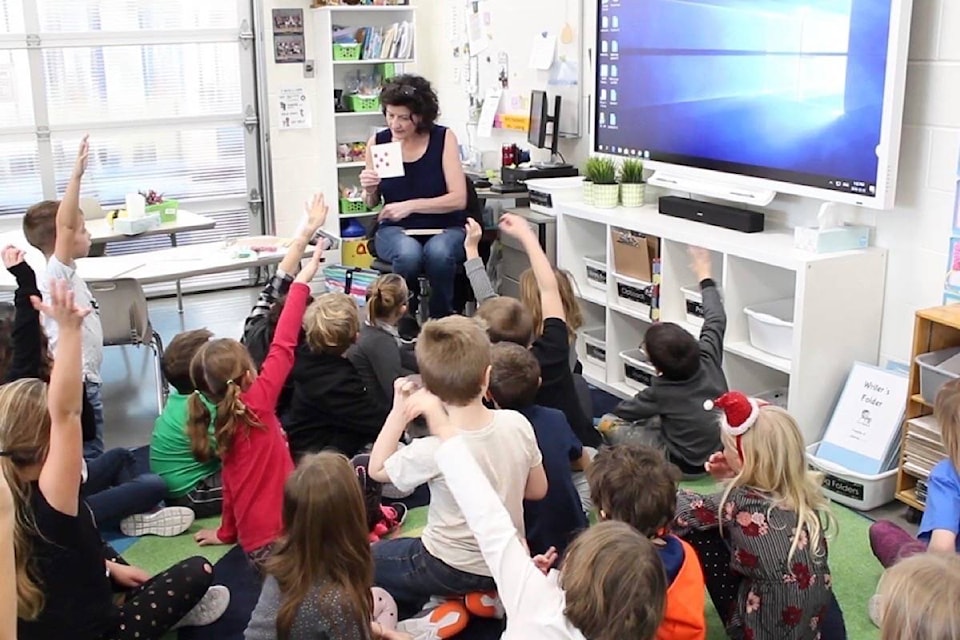Funding to reduce school class sizes over the past 15 years has failed, according to an Alberta Education report.
The province invested $3.4 billion in the class size initiative, but kindergarten to Grade 3 class sizes, for example, have only shrunk by an average of 1.4 students since 2003-04.
In 2018-19, those classes averaged 20.4 students.
The report says school jurisdictions would rather see the money included in base instructional funding, so there is flexibility in how it can be used to meet boards’ unique needs.
Stu Henry, superintendent at Red Deer Public Schools, said if the money is rolled into base funding, jurisdictions would still work to keep classes small and reasonable for teachers and students.
“I don’t think all of a sudden, if we have more control over that money, that we’d spend it in different ways. We’re all very mindful across the province of trying to keep classes small,” Henry said.
Annual funding for the class size initiative for the province started at $90 million and grew to $291 million by 2018-19. The funding accounts for about four per cent of overall funding to school boards.
“This report demonstrates that we cannot continue to throw money at this problem. Rather, that we must look for new solutions while continuing to appropriately fund education,” said Education Minister Adriana LaGrange in a press release.
Related:
Class size targets hard to reach in Red Deer
Class size only part of the problem say Central Alberta teachers
The province’s target class size for kindergarten to Grade 3 is 17 students; 23 students for Grade 4 to 6; 25 for Grade 7 to 9; and 27 for Grade 10 to 12.
Henry said it would really take a lot of money from government to hit those targets.
“Looking at the current economic climate, I doubt we’re going to see a significant influx of cash to the school system,” Henry said.
He said Red Deer Public is pretty close to meeting class size targets.
The district’s kindergarten to Grade 3 classes average 20 students; Grade 4 to 6 classes average 25 students; Grade 7 to 9 average 27; and Grade 10 to 12 average 25.
“I’m pretty comfortable where we’re at,” Henry said.
The province is working with education stakeholders to review funding, including targeted grants such as the class size initiative. A new funding model is expected to be in place for the 2020-21 school year.
Kurt Sacher, superintendent at Chinook’s Edge School Division, said putting funding into one envelope is a good strategy.
“It’s just a really good move for government to move forward and review the funding model,” said Sacher.
He said delegating spending decisions to school jurisdictions allows for local autonomy and decision making to do what is right.
At Chinook’s Edge, kindergarten to Grade 3 classes average 21 students; Grade 4 to 6 classes average 25; Grade 7 to 9 average 24; and Grade 10 to 12 average 21.
He said the division has worked hard to prevent class sizes from getting larger, even though the majority of funding has not taken into account increasing costs faced by school boards.
szielinski@reddeeradvocate.com
Like us on Facebook and follow us on Twitter
